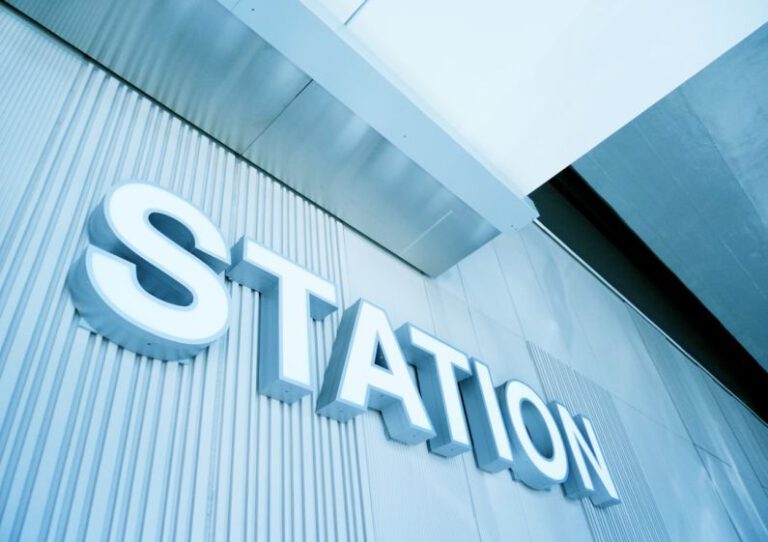Flying Taxis: the New Urban Commute
The concept of flying taxis is no longer confined to the realms of science fiction. With advancements in technology and an increasing focus on sustainable transportation solutions, the idea of flying taxis as a viable urban commute option is gaining momentum. Imagine soaring above the gridlocked streets, reaching your destination in a fraction of the time it would take using traditional ground transportation. This futuristic mode of transport promises to revolutionize the way we navigate our cities, offering convenience, speed, and efficiency like never before.
### Urban Mobility Redefined
Urban congestion is a growing concern in many major cities around the world. As populations continue to swell and urbanization intensifies, the need for innovative transportation solutions becomes increasingly pressing. Flying taxis have the potential to alleviate the strain on existing infrastructure by providing a new dimension to urban mobility. By taking to the skies, these aerial vehicles can bypass traffic congestion, reducing travel times and improving overall efficiency.
### Sustainable Transportation
In addition to addressing urban congestion, flying taxis also offer significant environmental benefits. Electrically powered and emissions-free, these vehicles represent a cleaner and more sustainable mode of transportation compared to traditional cars and buses. As cities strive to reduce their carbon footprint and combat air pollution, the adoption of flying taxis could play a crucial role in promoting eco-friendly urban transportation.
### Technology at the Helm
The development of flying taxis relies heavily on cutting-edge technology, including electric propulsion systems, autonomous flight capabilities, and advanced air traffic management systems. Companies at the forefront of this technology are working tirelessly to overcome the technical challenges and regulatory hurdles associated with introducing flying taxis into urban airspace. From vertical takeoff and landing (VTOL) capabilities to collision avoidance systems, these vehicles are engineered to ensure safe and efficient operations within complex urban environments.
### The Rise of Urban Air Mobility
The concept of urban air mobility (UAM) envisions a future where air transportation is seamlessly integrated into existing urban infrastructure. In addition to flying taxis, UAM encompasses a range of aerial vehicles, including drones for deliveries and air ambulances for emergency medical services. By leveraging the airspace above cities, UAM has the potential to transform the way people and goods are transported, unlocking new possibilities for connectivity and accessibility.
### Overcoming Challenges
While the promise of flying taxis is enticing, several challenges must be addressed before this mode of transportation can become a widespread reality. Regulatory frameworks need to be established to ensure the safe integration of flying taxis into urban airspace, addressing concerns such as air traffic management, noise pollution, and public safety. Infrastructure requirements, including the development of vertiports and charging stations, also pose logistical challenges that must be overcome to support the operation of flying taxis in urban environments.
### A Glimpse into the Future
As technological advancements continue to accelerate and public interest in sustainable transportation grows, the era of flying taxis as a mainstream urban commute option may be closer than we think. Imagine a future where urban dwellers seamlessly transition between ground and aerial transportation, enjoying a seamless and efficient commute experience. While there are hurdles to overcome, the potential benefits of flying taxis in reshaping urban mobility are too significant to ignore.
### Embracing Innovation
In conclusion, flying taxis represent a bold and innovative solution to the challenges of urban transportation. By combining cutting-edge technology with a focus on sustainability, these aerial vehicles have the potential to redefine how we move within cities, offering a glimpse into a future where the skies above our urban landscapes become a new frontier for transportation. As we look towards a more connected and sustainable future, embracing the concept of flying taxis could pave the way for a transformative shift in urban mobility.






